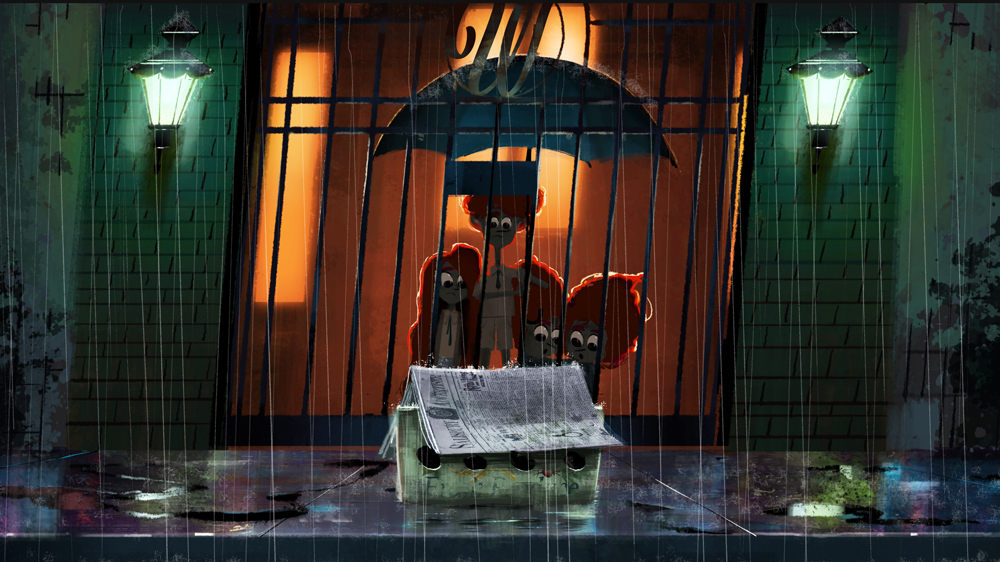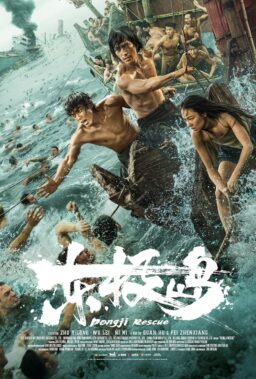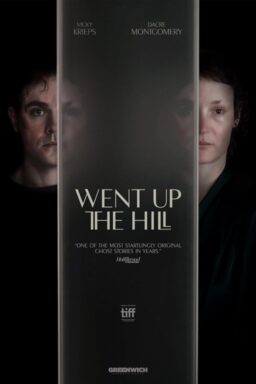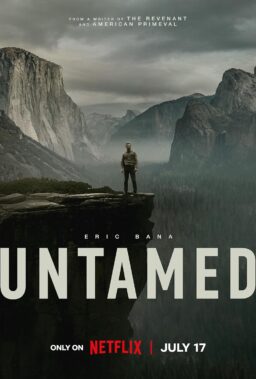Netflix’s “The Willoughbys” is a colorful animated film based on a book by Lois Lowry that gives a wry twist to some of the most familiar details of traditional children’s stories. Writer/director Kris Pearn (“Cloudy With a Chance of Meatballs 2”) talked about telling the story from the perspective of the cat who serves as narrator (voiced by Ricky Gervais), what he brought to digital animation from his experience in hand-drawn and stop motion, and why Willoughby children’s hair is made of yarn.
I’d like to hear about the overall look of the film, which is very distinctive and very high-textured, with the children’s hair made of bright orange yarn and their Victorian house squeezed between big skyscrapers.
One of the things we knew early on, when we were adapting the novel from Lois Lowry, we wanted to create a world that had a set of collisions. So the idea of the family that’s stuck in a house is a contrast with the bigger world outside. We also knew that Lois Lowry’s book was really playing on the tropes of children’s literature, so we wanted to take that into the tropes of children’s film. And so, instead of the kids running away from home as old-fashioned kids do, they trick their parents into running away from home.
One of the things I didn’t want was for the film to become affected. I didn’t want to go dark with how the film looked, I didn’t want to go dark with how the film sounded. When I was able to collaborate with my production designer Kyle McQueen—I’d known him for years—when he came on board, one of the things that we both got excited about was this idea that it’s the cat’s story. So it is almost like the cat’s point of view. Imagine what the world would look like if you were a cat, how the textures might feel just a little bit bigger. And that took us to this idea—what if we leaned into the classic principles of animation, and built this world by hand? Then that created this challenge, like could you make this movie with things you could buy at a craft store like Michael’s? So, every part of the film had this sense of being handmade from some texture, as much as we could.
The other metaphor that came forward was the idea of this yarn. The book is called The Willoughbys, so it’s about this family with a name, with a legacy. This idea of the yarn that connects people can be this comfort, this thing that pulls you through the storm, but it can also be a handcuff, or you could tie yourself up in it. We loved the idea of a cat batting around the yarn. The yarn metaphor felt really sticky for a story about an old-fashioned family.
And some of these big concepts felt like they needed to always be funny. How the color and design fed into it goes back to what I was saying about always wanting the film to feel funny, but in a way that it wasn’t making fun of itself. So that the world felt—no other better word than just “fun.” I wanted the audience to feel like they could be in a scene and enjoy what that space was saying to them through color and shape and texture.

There’s also a lot of contrast between two of your key settings, the interior of the house and the interior of the candy factory, which has almost a video game feel to it. Tell me a little bit about creating those.
There’s a museum in my hometown of London, Ontario called the Eldon House, which is a Victorian museum of the Harris family. When you go to this museum, you see all of the stuff that came into this house from all over the world, and yet it feels like the past. It feels rich, but not alive anymore. It really played to this Willoughby idea.
One of the things that we really wanted to play with was the idea that the Willoughbys look good from the outside. The house has a whimsy to it with all of the trappings inside the house. There’s a richness there, but that richness is a little bit of an afterthought. It’s all the past; there’s nothing that these kids have created. You don’t see their artwork up on the wall.
When you live in a house with kids, the house becomes the kids’ house. And I really love the idea that this house hadn’t become the kids’ house, except for those little pockets that they own, like the library, or the portal where Jane can see the rainbow. So they found their little pockets, but I wanted it to feel like they needed to break out of that space.
Whereas in the Commander’s space, when you approach the candy factory it’s very plain and very austere, and in a lot of ways that whole shape language is built on what Melanoff’s look is—he’s like a Tempur-Pedic mattress with a voice. The idea was that they’re big squares, and the negative space that’s created in the factory is actually his shape, if you flip him over and stick him down. When you break past the gruff exterior, of course the movie is playing on tropes, so he’s like Willy Wonka meets Daddy Warbucks from “Annie.” The idea is, he comes off as this gruff, imposing figure, but when you scratch the surface there’s a sweetness inside of him. So inside of the factory, there’s all this color that’s sort of trapped. We really loved the fact that this is a lonely man who’s built this whole world himself, and he can run it from this wall of buttons, but what he’s missing is what he ends up gaining from the experience of colliding with the Willoughbys: that love, that messiness that comes with having the chaos of children in your life. If you look at the two houses, one house is stuck on the inside, Melanoff is stuck on the outside. We really wanted to play on that contrast, and that journey between the two is one of the big themes of the film—breaking down the walls that prevent us from changing, from evolving, from finding our own voices.

How is your background in hand-drawn and stop motion animation reflected in this film?
I love the tactile nature of handmade things. There’s a whole movie actually in the movie, because we animated the book stop-motion. We had like five sets and we had this Melanoff story that is playing in the background and never really found its own way into the film, it’s going to be a short. But that stop motion idea was always there. The thing I love about stop motion and why I go back to even hand-drawn animation is they both represent that principle of limitation. When I came into the industry it was always 24 drawings for one second of film, so we would always try to work on twos to economize and get stuff done. It created an interesting look, and when you watch those classic Disney films, or those classic Don Bluth movies, there’s a feeling that you’re not far away from that pencil and the person holding it, and that there’s a human being there. And I think that’s what’s so magical about stop-motion, is you sometimes see the thumbprints. There’s a joke actually in the film where you can literally see the thumbprints that they put into the texture. I think that kind of honoring the fact that, even though there’s a lot of computers involved and we live in a digital world, it’s still humans that are making decisions and it’s still an art. That, to me, was really important.

What makes an actor a great voice actor?
I think it’s the ability to let go of themselves on the microphone and really imagine where they are in that space. Casting is really key to the development of the design. I’d worked with a number of these actors before. I’d worked with Terry Crews and Will Forte before, and Martin Short was one of my heroes growing up. And I’d worked with Jane Krakowski before. Knowing how these actors would respond to the comedy of their character was really helpful at the beginning, when we were casting. In a lot of ways Tim is very similar to Forte’s character in “The Last Man on Earth.” He’s a flawed human being who can’t stop himself from making bad choices, but he wants to be good. That always lies underneath his character, and we loved the idea that he was trying to be a man but he’s just a boy, and his physicality couldn’t keep up with what his ego needed. To me that is what Will does really well—he can always be sweet even though he’s sometimes a little bit off. I think casting in that role was really important.
Finding Alessia Cara was, to me, the biggest surprise of the film because she hadn’t acted before, but there was just something about the way she talked to people when I saw her on Jimmy Fallon’s show, and she’s so funny. She said her dream was to be a voice in an animated film, and she was from Canada, and it was just like—why not? So that ability to own that character, that was all on her, and that was such a happy accident. I think Jane’s one of my favorite characters in the film, just because of what she brings to the table.
What do you want families to talk about as we’re all secluded in our houses, and excited to watch something so bright and exciting and wonderful on Netflix? What do you want us to talk about afterward?
I hope that families enjoy the film, I hope that they find it funny. And ultimately our theme was: a family isn’t a name, a family isn’t an obligation, a family is about love. I think no matter where you come from or how your upbringing shapes you, we as humans have the ability to choose love. That is the hopeful message of the film, and I hope that families find it and I hope they talk about it.












